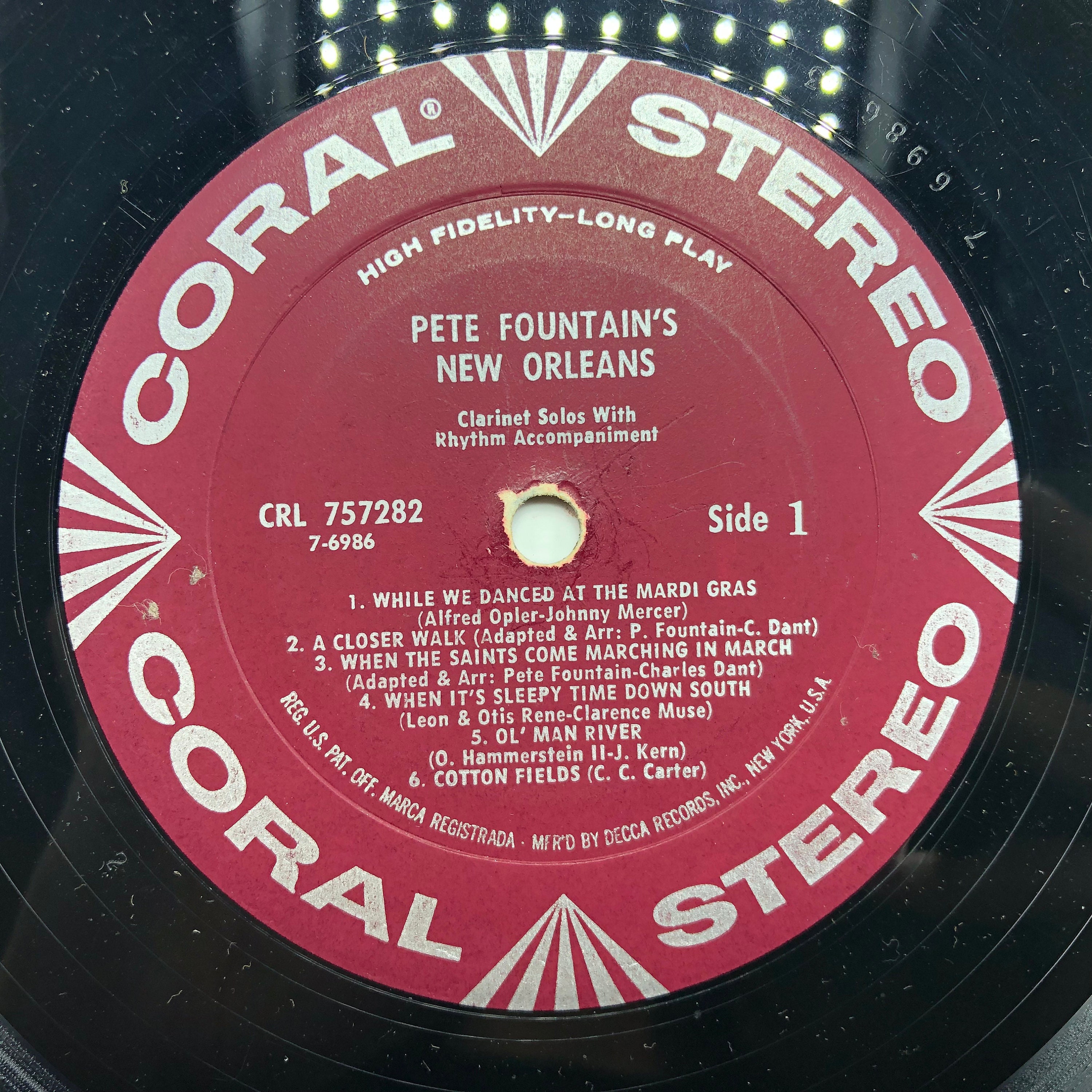

New technologies and the longer playing time of a 33 rpm record (as opposed to the then 3-4 minutes per side of a 78 rpm), as well as the emergence of the 45 rpm record, saw the tide shift away from 10-inch 78 rpm records. Conversely, the higher the rpm the lower the amount of information that’s able to be stored in the record’s grooves, so there were trade-offs in sound quality vs quantity.Įventually, 10 inches came to be the most common size of the 78 rpm record, which was made from the more brittle shellac material that predated the PVC-based records we now use. It was also established early in the timeline of record production history that the slower a record spun, the worse the audio sounded. This was down to the speed of the motors used within record players in this period. The 78 rpm record was the most common speed until the mid-1950s, due largely to it being the optimum speed for a record to spin at. In any case, the speed at which a record should be played is often stated on the record’s label, and you should always check this before playing a record to avoid damaging it in any way. Using the above table as rule of thumb for identifying a vinyl record’s rpm will help in many cases, but there are some situations in which a record’s rpm doesn’t fall into the usual record size category, as per the EP example stated above. Often, an EP will be pressed on a 12-inch record that spins at 45rpm, thus proving an exception to the above table’s general rule about the correlation between record size and rpm. LP means Long Play and is used to describe a record that holds a full-length album on it, while EP means Extended Play and these records often hold between three to five songs on them. LP and EP are terms of reference you’ll also encounter when vinyl records are referred to. Vinyl records will often be referred to by either their size or in some cases their rpm, so being called a “12-inch” or “7-inch” record or a “45” are terms you’ll often hear in record parlance. It is important to note that any record size can be pressed to spin at any rpm, but that this table notes the most common matches between record size and rpm. Here’s a table which outlines the key information relating to record sizes, with information on how many minutes of music each standard size of record can hold: Record Size (inches) Most Common rpm Maximum Amount of Music Stored (minutes per side) Typical Format 12″ 33 rpm 22 minutes LP/EP 7″ 45 rpm 5 minutes EP/SP 10″ 78 rpm 3 minutes – *10-inch record included for comparison purposes, and its data is based on historical recording durations and not modern-day pressings.

The most commonly commercially available vinyl records today come in two main sizes: the above-mentioned 12- and 7-inch formats, with the inches referring to the diameter of the physical record.Ī record’s size usually indicates the revolutions per minute (rpm) it spins at on the turntable platter, and this in turn indicates how much music each side of the disc is able to hold. The Various Records: Understanding The Main Sizes
#Vintage 33 rpm vinyl records how to
More as a convenience than for any other reason 10-inch records are much more of a rarity than they used to be, but you can still come across them.įor that reason it’s useful to know some key information about the various sizes of vinyl records, the differences between them, and how to know what sizes a record player will be able to play. All record players will play the two most common sizes of vinyl record, those being 12-inch and 7-inch, but it is far less likely they will be able to play a 10-inch record. There are other, less common sizes of record out there too, and if you’ve not long purchased your record player and are getting to grips with some of the rigors of vinyl records and turntables, you may start to wonder if a record player can play all sizes of disc.Īll record players do not play every single size of vinyl record. As you start to build up a vinyl record collection, you’ll undoubtedly have two main sizes of discs that make it up: 12-inch and 7-inch records.


 0 kommentar(er)
0 kommentar(er)
